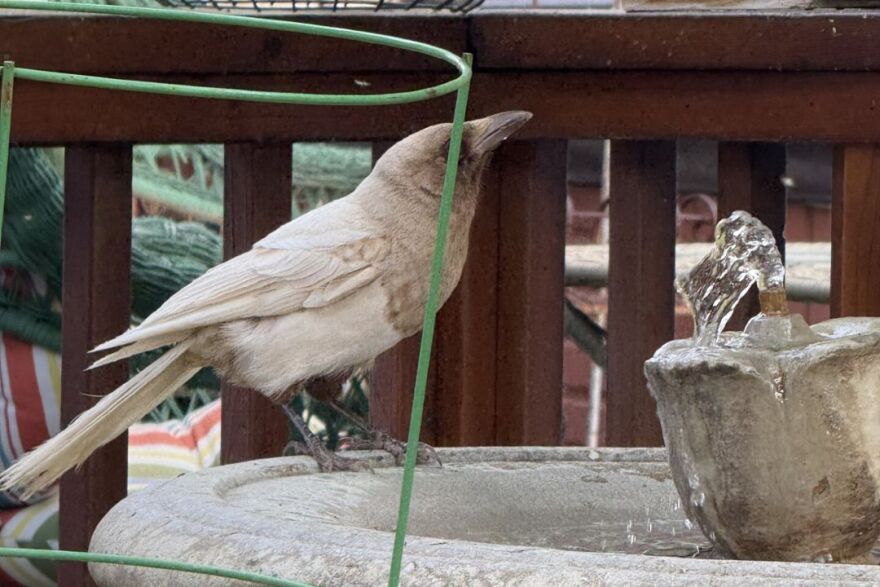In early spring, Carolyn Murray was sitting in her yard when she caught sight of something she hadn’t seen before.
"I see this very odd-looking mutation of a magpie,” Murray said. “And it was really obvious it was a magpie because of just the shape and the size, but the colors were just so interesting. Apparently, they're called ghost birds.”
Angie Trumbo is the conservation director for the Tracy Aviary in Salt Lake City. She said this genetic mutation isn’t seen very often. She said that one of 30,000 birds of any flock could be leucistic or albino. But a quick google search shows that a leucistic magpie is about one in a million.
“Birds like this one here, are extremely rare,” Trumbo said. “They pop up generally due to like a genetic mutation. And a lot of these birds, because of their bright white plumage and things that look different, tend not to necessarily be able to survive as long as other birds. They don't really pass on those genes very often. So, yeah, it's a very rare occurrence.”
Like humans, Trumbo said, birds can also be albino – meaning they lack any pigment. But leucism is different.
“An albino bird would have pink eyes because there's no color in the eyes,” she said. “Whereas a leucistic bird usually only has lost pigment in a part of its body or its feathers, so it's just kind of partially white, and it would still have dark, kind of their regular-colored eyes in that case.”
Trumbo said leucism can also be caused by something other than a genetic issue; it could also be caused by a lack of nutrition or even, like humans, premature graying.
While leucistic birds may be more vulnerable to predators due to their visibility, Trumbo said their unusual appearance could affect a female’s ability to attract mates. But Murray said that’s not the case with this bird.
“I call her Lucy. I don't know if it's a male or a female, but there are two of them. One is a regular-looking Magpie who I call Ricky, and Lucy is the light one, and they've obviously nested, and they have babies in my yard now, and they're extremely bold and active, and whenever the dogs get out or anywhere near where the birds are feeding, they dive bomb the dogs," Murray said. "They'll land literally like a foot away from them. And it's just the most spectacular thing to watch.”
Murray said she sees Lucy in the yard daily as well as enjoying the bird bath fountain.


